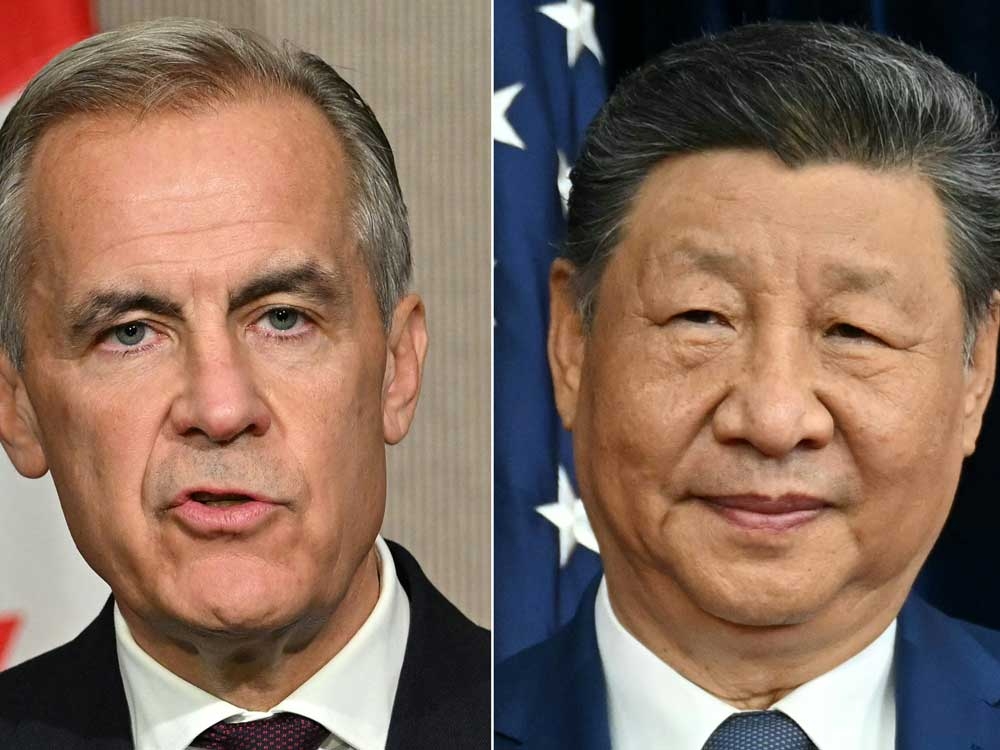In the ancient city of Gyeongju, South Korea, a pivotal meeting unfolded between Prime Minister Mark Carney and Chinese President Xi Jinping – a dialogue years in the making, shadowed by a complex and often fraught history.
The atmosphere was cautiously optimistic as the two leaders spoke for nearly forty minutes, a substantial exchange considering the recent chill in relations. Carney accepted a formal invitation to visit China, a gesture signaling a potential thaw, though the timing remains uncertain.
This encounter marks a significant departure from the previous administration’s approach, which had labeled China a “disruptive global power.” A new strategy is emerging, one that views China as a strategic partner in a rapidly changing world, particularly as Canada seeks to diversify its export markets.

The weight of unresolved trade disputes hung heavy over the discussion. Canadian producers of canola, seafood, and pork continue to grapple with substantial Chinese tariffs, imposed in response to Canadian tariffs on Chinese electric vehicles and related goods.
While no immediate breakthroughs were announced, both leaders agreed to task their officials with swiftly addressing these outstanding issues. The conversation touched upon sensitive areas, including the tariffs and the fate of Robert Schellenberg, a Canadian citizen currently on death row in China.
The relationship between Ottawa and Beijing fractured in 2018 with the arrest of a Chinese executive, triggering retaliatory detentions of two Canadian citizens. Lingering concerns over foreign interference, recently highlighted by a federal inquiry identifying China as a major threat to Canada’s democratic institutions, further complicated matters.
Carney, who previously described China as Canada’s “biggest security threat,” has adopted a more nuanced tone, acknowledging potential for collaboration on issues like climate change and energy. However, he maintains that projects with national security implications will remain off-limits.
Despite a shared stated commitment to the rules-based international order, fundamental differences in interpretation remain. This is underscored by China’s recent execution of four Canadian citizens, justified by Beijing as legitimate drug prosecutions, and Canada’s continued naval presence in the Taiwan Strait.
The path forward is delicate, requiring a balance between engagement and vigilance. Foreign Affairs Minister Anita Anand emphasized that diplomacy necessitates addressing difficult issues directly, upholding both Canadian interests and values.
China’s foreign ministry has expressed a desire for a relationship built on mutual respect, recognizing the potential for broad cooperation. The meeting in Gyeongju, while not yielding immediate solutions, represents a crucial first step towards rebuilding trust and navigating a complex geopolitical landscape.
The specter of past grievances and present challenges looms large, but the willingness to engage in direct dialogue offers a glimmer of hope for a more stable and productive future between Canada and China.
The situation remains fluid, with the fate of Robert Schellenberg and the resolution of trade disputes serving as critical tests of this renewed commitment to engagement.





